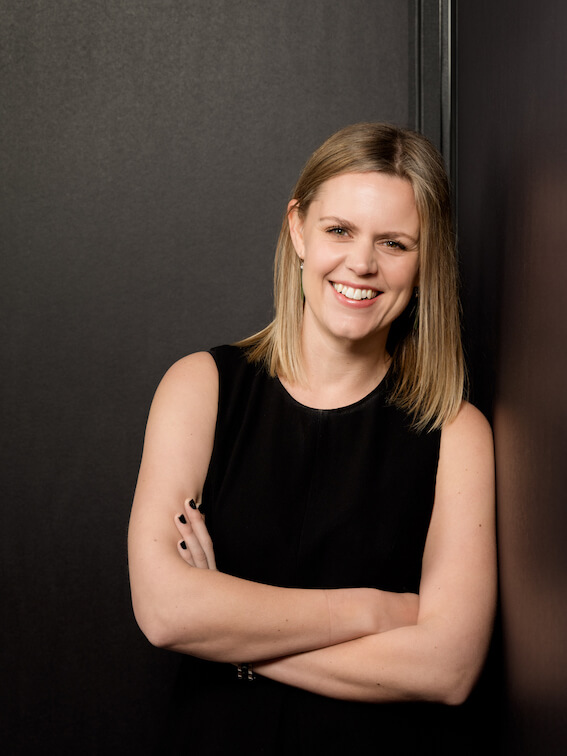I invest in professional development for three days every three months and head off to business school in Australia. Those three days are always the most tiring of my quarter compared to the weeks when I do back-to-back full-day workshops!
Anyone who’s been to training or a conference lately will know what I mean—taking on new information and figuring out new skills is exhausting. We have to switch off the autopilot and keep all systems firing.
Anything worth learning has a steep effort curve at the beginning. Whether driving, playing an instrument, or taking on new work practices, the initial steps are hard, and there’s no autopilot to be found. For leaders who need to think differently about new problems and be more focused and strategic in their work, it often feels like a daily battle to show up at work differently.
The good news is that it’s often not a linear curve. In Atomic Habits, James Clear discusses the lag effect of small changes that create big transformations. Big change becomes possible by taking the right steps and consistently focusing on specific behaviours. This is true of our habits and also of rolling out organisational change.
“We are what we repeatedly do. Excellence, then, is not an act, but a habit.”
- Aristotle
Common mistakes that we make in pushing forward with new change are:
- Relying on willpower (instead of creating systems that support our success)
- Putting off change for when things ‘settle down’
- Giving up too early.
According to Clear, we often give up just before we reach the tipping point—where incremental, consistent changes tip into the zone where everything becomes easier. Once these new habits are embedded, like driving or playing an instrument, we shift into the autopilot zone and focus on something else.
Nothing worth having is easy. If we want something new and better, we must learn how to be new and better. Practice is the key – practice, practice, practice. It might not make perfect, but it can make autopilot. And that’s enough for me.
 Alicia McKay
Alicia McKay